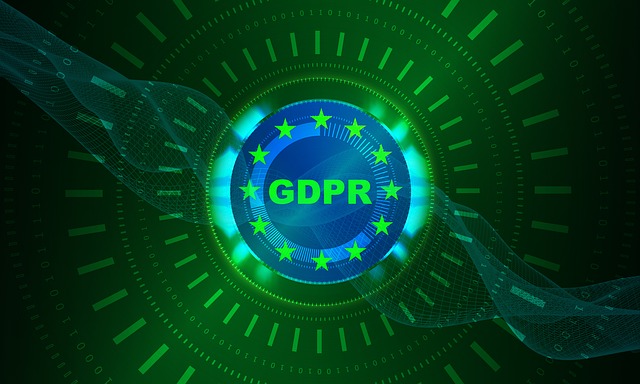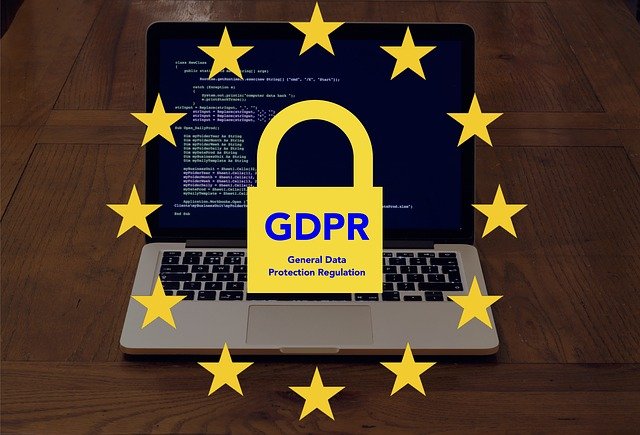The 4 W’s You Must Know to Keep Your Business GDPR Compliant

The growing reliance of services and technologies on data has elevated the significance of safeguarding it from loss, theft, and corruption. Global and national authorities have stepped in with protocols like the General Data Protection Regulation (GDPR). Failure to meet the standards for data protection and customer protection can lead to financial and legal penalties, as well as reputational damage. Therefore, knowing how to stay GDPR compliant is needed for any business, regardless of its size. If you want to successfully operate in the EU without running the risk of a legal agreement, you could consider a GDPR Representative. It will help maintain compliance, or follow the data protection regulations.
Let’s explore some robust strategies to help you do just that.
Business efficiency: focus on the four W’s (What, Where, Who, and Why)
Here are the four W’s that ensure business efficiency and maintain GDPR compliance.
What is the data?
Although all your data has importance and relevance, some of the information will be more substantial than others. Categorizing your data in accordance with its value within the company can help you minimize the security breaches risk.
Get access to your organization’s data sources, and scrutinize them to recognize what personal data each offers. Most of the time, there is personal data buried in semi structured fields. So, it is essential to parse those fields for cataloging, categorizing, and extracting individual data components such as email addresses, social security numbers, names, and more.
Considering the massive data volumes at hand, it’ll be challenging to manually carry out the cataloging process. You don’t only have to classify and parse personal data but also need to accommodate varying data quality levels.
Data quality rules, standardization, and pattern recognition are pivotal elements of the process. So, it is crucial to have and deploy the right tools. This will make the job easier and more accurate and enhance your ability to stay GDPR compliant.
Where is the data stored?
Knowing where your data is and getting familiar with the company-specific data sources is critical to staying compliant with the GDPR requirements. It isn’t possible to comply with the data protection regulations if you don’t precisely know where your data is and what does it hold.
Therefore, it is paramount to have visibility and transparency of your customer data and what that information consists of.
Ensure that you understand where your data is stored, is it safe, what it includes, and how it’s handled and managed. It would be best to have appropriate policies to define and clarify how this information is garnered and acted upon.
For instance, you need to explain how often the data is scanned and how it’s categorized once located.
Your privacy policies should be communicated with transparency and explicitly outline what defenses are in place for multiple levels of data privacy. Also, the stated policies should include procedures for auditing securities to make sure that solutions are implemented correctly.
Who has access to the data?

You can’t process data without having authorization to do it. So, first, comprehend the data flow and other potential areas of risk for your business.
You can accomplish this by conducting an Impact Assessment. This will highlight the locations where data has been retained for longer than needed or unlawfully replicated.
Also, make sure that security measures allow your data subjects to use their rights under the GDPR requirements, such as procedures to gauge personal data, correct inaccurate confidential data, and respect legal “opt-out” requests
Data privacy focuses on elucidating who has access to what data and applying the required restrictions. However, creating privacy-related guidelines doesn’t ensure that illicit users won’t be able to access it. So, you can restrict the access of unauthorized users with stringent data protection policies and minimize the chances of leaving critical data vulnerable.
Why do you need the data?
Personal data consists of a customer’s email address, home address, IP address like 192.168.1.1 log in, browser history, bank information, medical information, and even social media posts.
Moreover, your privacy notice should mention and communicate to your site visitors/customers why you are collating their data, how long you will have it, what you plan to do with it, how it can be accessible to them, and where you will retain it.
To comply with the GDPR statute, you should only garner the data you critically need. Accumulating confidential data without convincing can be a warning sign for the supervisory consultant monitoring your compliance.
You can scrutinize all data requirements through a Data Protection Impact Assessment and an Impact Assessment. These evaluations are mandatory when the information collected is highly-sensitive. Even though the sorting of sensitivity levels is subjective at times.
Wrapping up
With its all-encompassing reach and the chances of substantial fines, GDPR compliance is certainly a complicated topic for most e-commerce businesses.
Data privacy is paramount to the survival of modern organizations. Therefore, you should embed privacy into all policies and processes that touch customer/visitor information within your company. A viable step forward is a proactive approach to fortifying your customer’s data and staying GDPR compliant.
However, the problems’ complexities can easily overwhelm you.
But you don’t have to manage all the things on your own. Reach out to the data experts to learn more about data protection and GDPR compliance.